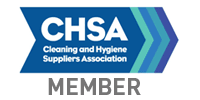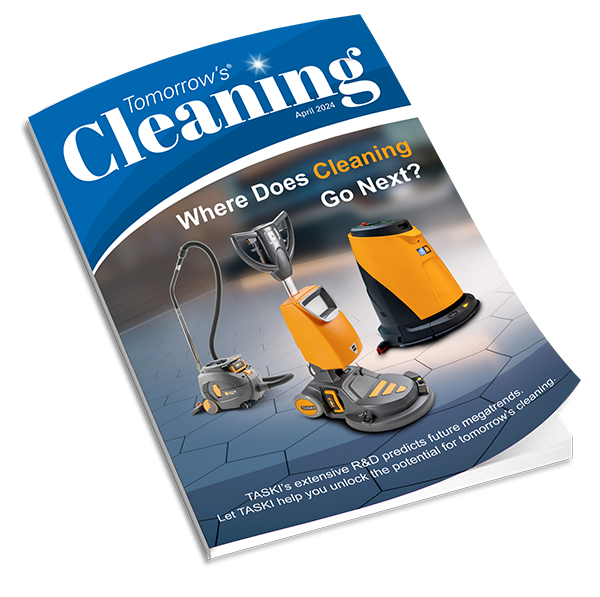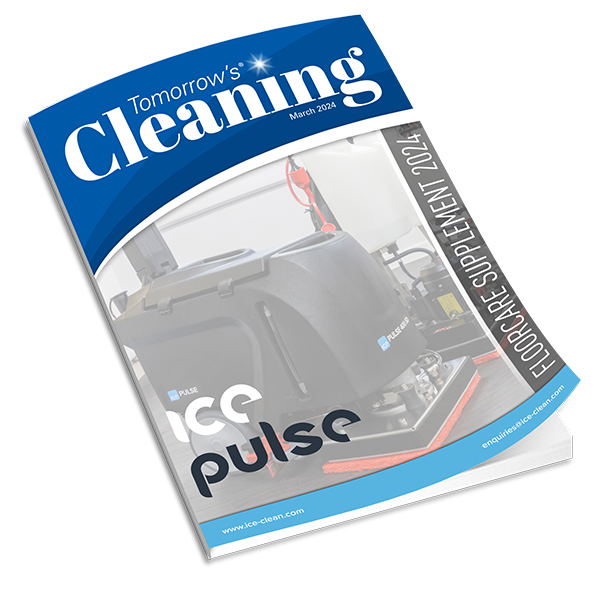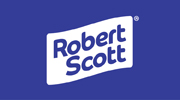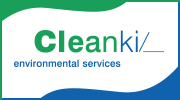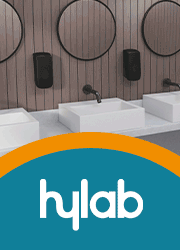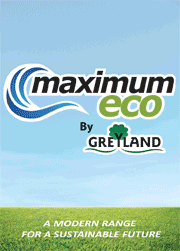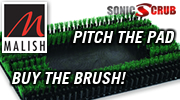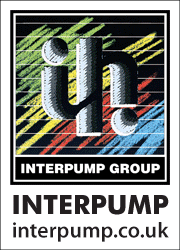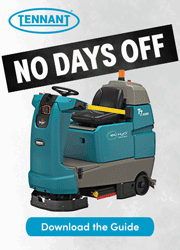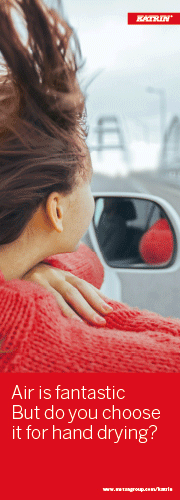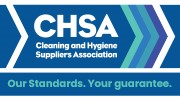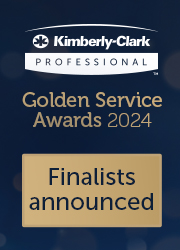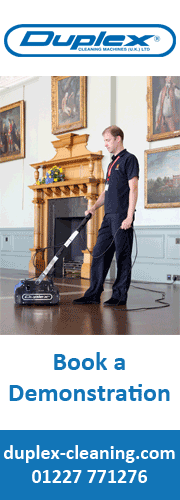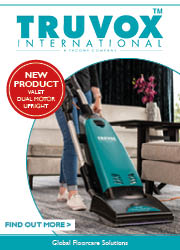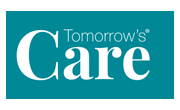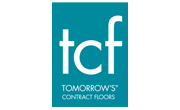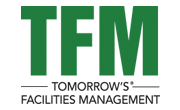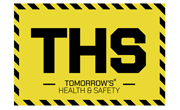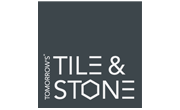Main Information
You are here
- Home
- >
- growth
World News: Growth Opportunities For US Janitorial and Housekeeping Cleaning Suppliers

Published on 19/10/2014
Stringent sanitizing rules within a growing number of assisted living facilities, nursing homes, as well as in acute care settings such as hospitals, drive growth of the janitorial cleaning products market in the United States. However, the relatively fresh and rapidly growing concept of fast-casual restaurants represents the highest growth, according to the just-published Janitorial and Housekeeping Cleaning Products USA: Market Analysis and Opportunities, by worldwide consulting and research firm, Kline & Company.
The top three end-use segments of the janitorial and housekeeping cleaning products market estimated at $4billion in 2014, together account for close to 56% of all janitorial cleaning product sales in 2014. Contract cleaners, the leading end-use segment accounting for a little over 30% of the industry total, have increased penetration and revenues, but changes in floorcare have affected this leading segment. To cut costs, facility managers often reduce the frequency of waxing and floor stripping, causing the formerly vibrant floorcare sector to post a flat to modest growth rate.
As a result of growing awareness of better hand hygiene practices, the hand care class continues to outperform the other product groups, driven by strong sales of foam hand soaps and instant hand sanitizers. While regular outbreaks of various infectious diseases have a dramatic impact on sales of hand hygiene products on a short-term basis, the real growth comes from the increasing knowledge that hands are the primary medium for the continuous transmission of various critical diseases. Hand care remains the prominent product class for suppliers to increase their revenues.
A diverse group of suppliers competes in the janitorial market. Laura Mahecha, Kline’s I&I Industry Manager, commented: “Kline segments the market into three primary groups: national branded suppliers, household cleaners companies, and private labellers with a few suppliers overlapping multiple categories. Lastly, there are local and regional suppliers, but these players are increasingly marginalized in the business.” Leading suppliers in the janitorial market include Sealed Air, Ecolab, GOJO, Zep, and Spartan.
“In contrast with food service distribution that has undergone rapid consolidation and is now led by major national companies like Sysco, USFS, and Gordon, the janitorial market is comprised of a vast number of intermediaries. This limits chemical suppliers’ ability to build a market share in the janitorial business comparable to that of food service and laundry chemical businesses,” added Mahecha.
Among a range of critical buying factors rated by the report’s survey respondents, product performance is rated the most important in their buying decision. Product safety is ranked second. Environmental friendliness receives a lower rating emblematic to the current business environment. While the industry is actively promoting environmentally friendly products, green cleaning must be cost-neutral for these products to resound with end users.
While this market is affected by the general growth of revenues for each end-use segment, budget constraints, resistance to price increases due to focus on maintaining tight margins, and other market and economic trends continue to put pressure on the market for janitorial cleaning products.
Fast-casual restaurants are poised for rapid growth due to the strength of this segment seen in store sales, as well as the ability for these mostly chain restaurants to add new units. Upcoming healthcare regulation changes may result in revenue and cost changes for hospitals too; however, cleanliness and sanitation is too important to economize on in this segment, which is also expected to experience solid growth.
The top three end-use segments of the janitorial and housekeeping cleaning products market estimated at $4billion in 2014, together account for close to 56% of all janitorial cleaning product sales in 2014. Contract cleaners, the leading end-use segment accounting for a little over 30% of the industry total, have increased penetration and revenues, but changes in floorcare have affected this leading segment. To cut costs, facility managers often reduce the frequency of waxing and floor stripping, causing the formerly vibrant floorcare sector to post a flat to modest growth rate.
As a result of growing awareness of better hand hygiene practices, the hand care class continues to outperform the other product groups, driven by strong sales of foam hand soaps and instant hand sanitizers. While regular outbreaks of various infectious diseases have a dramatic impact on sales of hand hygiene products on a short-term basis, the real growth comes from the increasing knowledge that hands are the primary medium for the continuous transmission of various critical diseases. Hand care remains the prominent product class for suppliers to increase their revenues.
A diverse group of suppliers competes in the janitorial market. Laura Mahecha, Kline’s I&I Industry Manager, commented: “Kline segments the market into three primary groups: national branded suppliers, household cleaners companies, and private labellers with a few suppliers overlapping multiple categories. Lastly, there are local and regional suppliers, but these players are increasingly marginalized in the business.” Leading suppliers in the janitorial market include Sealed Air, Ecolab, GOJO, Zep, and Spartan.
“In contrast with food service distribution that has undergone rapid consolidation and is now led by major national companies like Sysco, USFS, and Gordon, the janitorial market is comprised of a vast number of intermediaries. This limits chemical suppliers’ ability to build a market share in the janitorial business comparable to that of food service and laundry chemical businesses,” added Mahecha.
Among a range of critical buying factors rated by the report’s survey respondents, product performance is rated the most important in their buying decision. Product safety is ranked second. Environmental friendliness receives a lower rating emblematic to the current business environment. While the industry is actively promoting environmentally friendly products, green cleaning must be cost-neutral for these products to resound with end users.
While this market is affected by the general growth of revenues for each end-use segment, budget constraints, resistance to price increases due to focus on maintaining tight margins, and other market and economic trends continue to put pressure on the market for janitorial cleaning products.
Fast-casual restaurants are poised for rapid growth due to the strength of this segment seen in store sales, as well as the ability for these mostly chain restaurants to add new units. Upcoming healthcare regulation changes may result in revenue and cost changes for hospitals too; however, cleanliness and sanitation is too important to economize on in this segment, which is also expected to experience solid growth.
Categories
- Automated systems
- Carpet and upholstery care
- Charity & Fundraisers
- Cleaning chemicals
- Cleaning equipment
- Cleaning Events
- Cleaning Industry News
- Cleaning News
- Commercial laundry
- Contract cleaning
- COVID-19
- Disposables
- Dosing equipment
- Educational and school facilities
- Event clean-up
- Facilities Management
- Floorcare and maintenance
- Food safety
- Health and safety
- Healthcare hygiene
- Hires
- Industry Comment
- Interclean amsterdam
- Leisure and hospitality
- London cleaning show
- Manchester Cleaning Show
- Mobile cleaning solutions
- Municipal cleaning
- Pest control
- Products and Services
- Recruitment
- Retail cleaning
- Specialist cleaning
- Steam cleaning
- Street sweepers
- Sustainability
- Technology
- Tenders
- Training and education
- Trauma cleaning
- Vacuums
- Washroom hygiene
- Waste management
- Window cleaning
- Working at height


